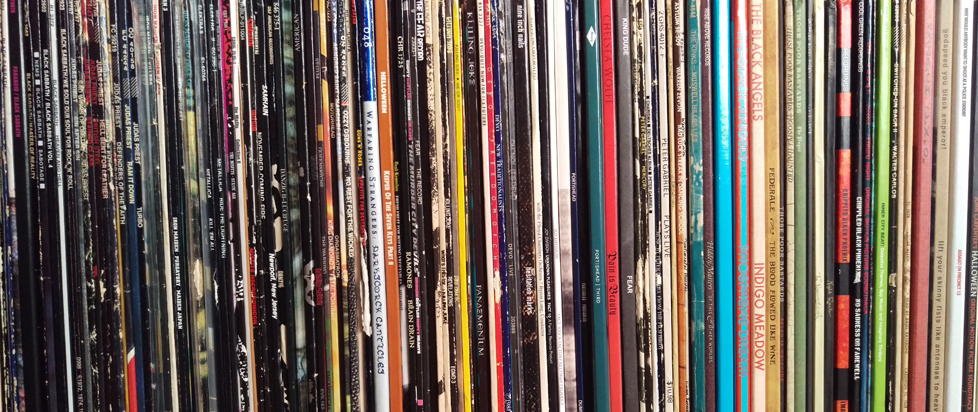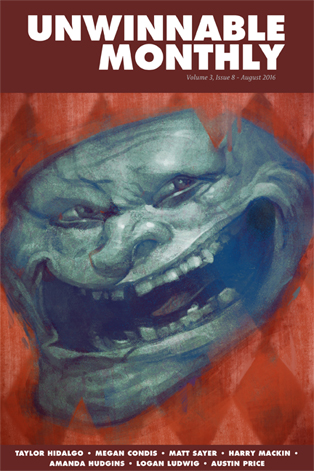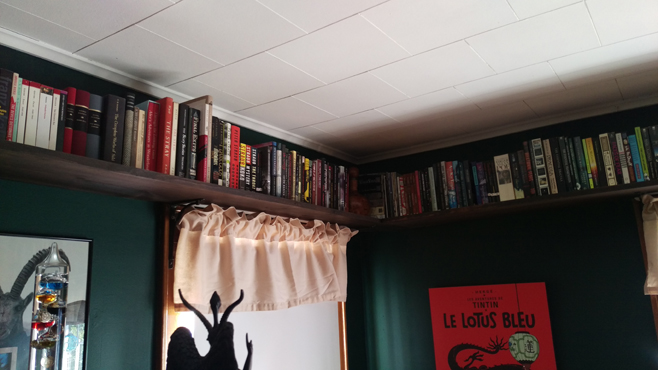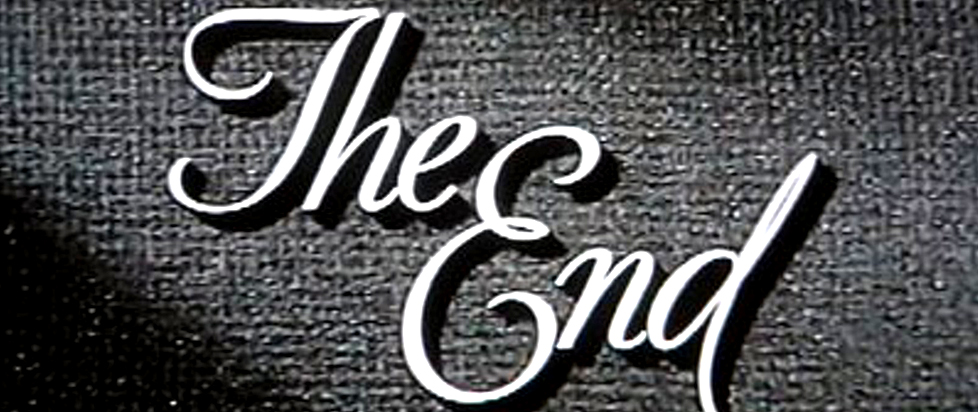
On Shelves

The Burnt Offering is where Stu Horvath thinks too much in public so he can live a quieter life in private.
———
This is a reprint of the letter from the editor in Unwinnable Monthly Issue Eighty-Two, the Hate issue. You can buy Issue Eighty-Two now, or purchase a one-month subscription to make sure you never miss an issue!
———
In recent months, I find myself staring at my shelves with increasing frequency. Well, not just staring. Eventually, passively looking gives way to actively rearranging.
Doing so is an act of meditation. It is calming and reflective. It releases tension.
I think a lot about criteria and how physical constraints overcome any kind of epistemological order. Length of shelf is an insurmountable obstacle. The inches, or lack thereof, do not care about my belief that Blue Öyster Cult is a metal band. All they know is that I can’t shove Tyranny and Mutation onto the same shelf as my Judas Priest records without the risk of something breaking (wood, vinyl or fingernails is anyone’s guess).
Yet, with records, that physical constraint fuels a large part of my enjoyment from collecting records. I don’t want a lot of records, so I only buy vinyl from certain bands. I try to not buy online, where everything is available all the time — it is more fun to find a long sought after record in the wild. When I record shop, I only look for a couple of key older albums I am missing (currently: Powerslave, Seventh Son of a Seventh Son, Floodland, Rocka Rolla, Q: Are We Not Men? A: We Are Devo!). I can be in and out of store in five minutes if I am on task. If I haven’t listened to a record regularly, that’s grounds to give it away to someone who will. The only thing that isn’t determined by the 50 inches of shelf space I have for them is the all-important question: do I like this?
Aesthetics of a different sort used to rule my bookshelves. There, the most important thing wasn’t genre or author — though those were factors. No, my books needed to sweep from tallest to shortest and back to tallest along the length of the shelf, a graceful concave curve. The physical size and shape of a book is an idiotic criterion for where it sits on a shelf, but that’s how I did it for years. Books by a single author separated because half were hardcover and half were soft. Books exiled to less prominent shelves because they jutted too far out (I lately wonder if my changing opinion of House of Leaves owes more to its awkward shape than its substance).
A recent rearranging in the house has dramatically cut down the number of bookcases I can keep. In order to jettison the least books possible, I had one shelf installed around the perimeter of the room, just below the ceiling. A couple interesting things happened because of that.

First, it saved a hell of a lot of space. The shelf holds a little under 42 linear feet of books — roughly the equivalent of three bookcases. So if you have a ton of books and sturdy walls, keep it in mind.
Second, it created a new constraint, once again one of physical space instead of philosophy. With the shelf having no real beginning or end, it forced me to look at my books as a kind of continuum, with genres flowing into each other. The game became less about how to make the shelves look good (that stupid swoop is no longer a practical possibility) and more about finding relationships between writers and their subjects.
Finally, there’s the reflection that continuum has on me and my ideas about these books. I think they probably tell you as much about me as the stories do about their authors. I won’t tell you why the complete Sherlock Holmes is in between The Hitchhiker’s Guide to the Galaxy and Dune, or why I have a book on Lego construction projects in with my books on Marcel Duchamp and Joseph Cornell. Honestly, the answers might not mean much to you. They are a tangle of subjective associations that have as much to do with what they are about as they do when I read them, or where, or what someone said in passing when I had it on my lap on the bus and they thought I was sleeping.
But seeing that web of connections makes me wonder how it works for other people, what their systems are and why, and how these things we collect are so much more than just things.
* * *
I kind of doubt there is a huge market for musings on shelving, but if you want to read more of the sort, I recommend Alberto Manguel’s The Library at Night, an extended meditation on the idea of the library. I read it a few years ago and I am still thinking about, as this letter proves.
August is for Hate and really, what’s not to? It’s been humid as a used gym sock in a Ziplock bag for as long as I can remember. This is weather that frays nerves and sets jaws on edge. Sweat. Mad dogs. Englishmen. Makes me want to move to the moon.
Not our writers, though! We’ve got a full set of essays about the power of the most negative emotion, from Shadow of the Colosssus to Crystal Warrior Ke$ha, from Green Room to chat rooms.
Next month, we’ll give thanks for (hopefully) cooler weather with a theme dedicated to Love. In October, the theme is Monsters, and we’ve got a full slate of monster-makers ready to terrify you.
On that note, I shall leave you. Be well, gentlefolk!
Stu Horvath
Kearny, New Jersey
August 22, 2016




